Local surgeon captures raptors in through photography
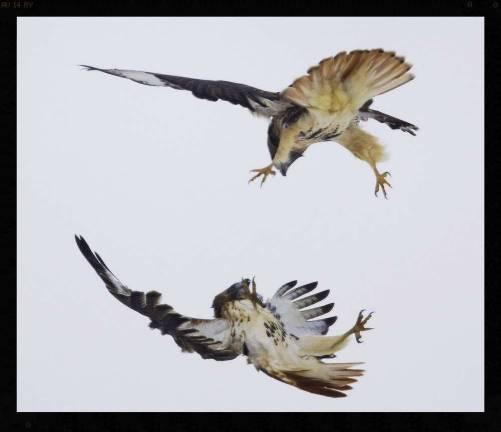
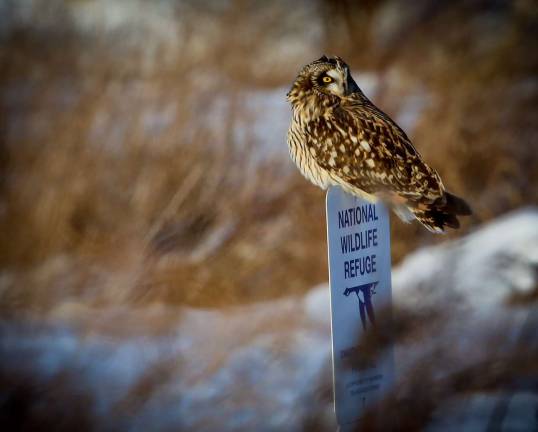
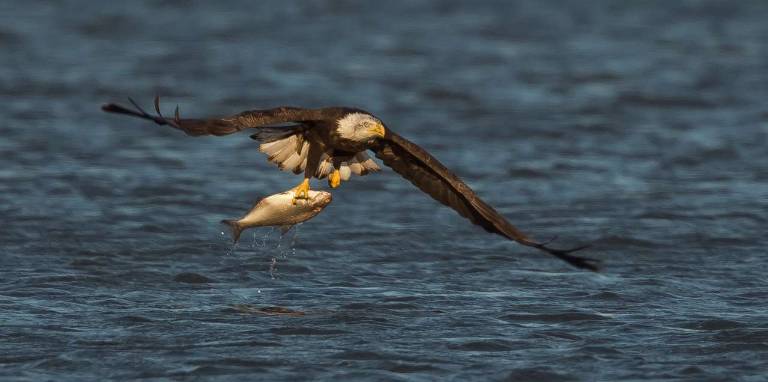
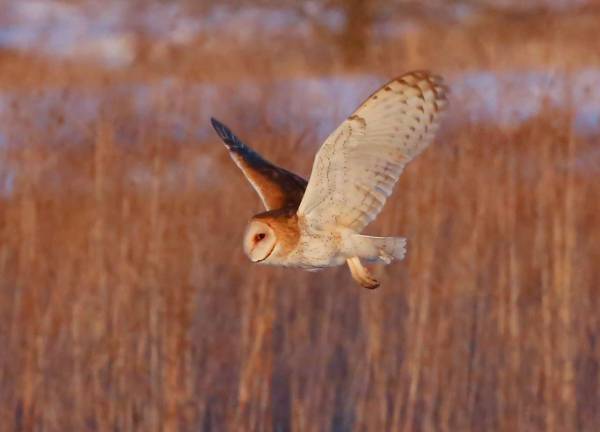
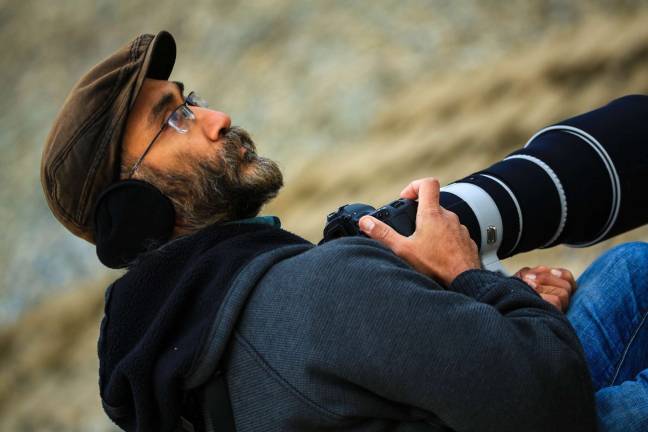
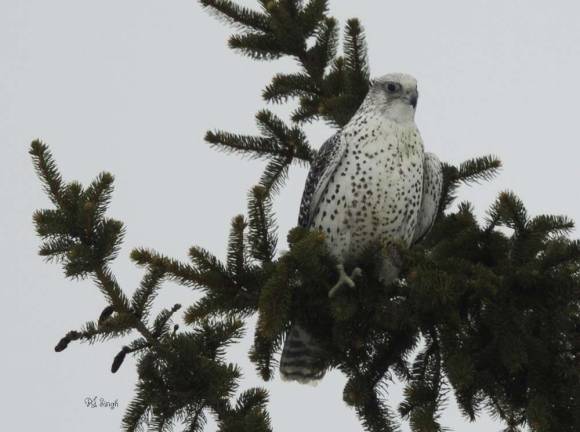
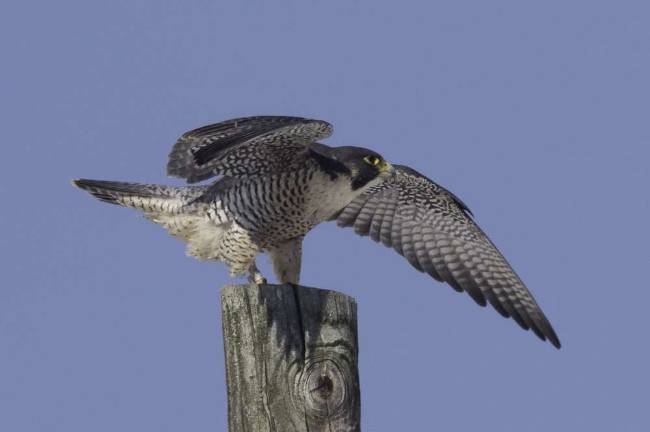
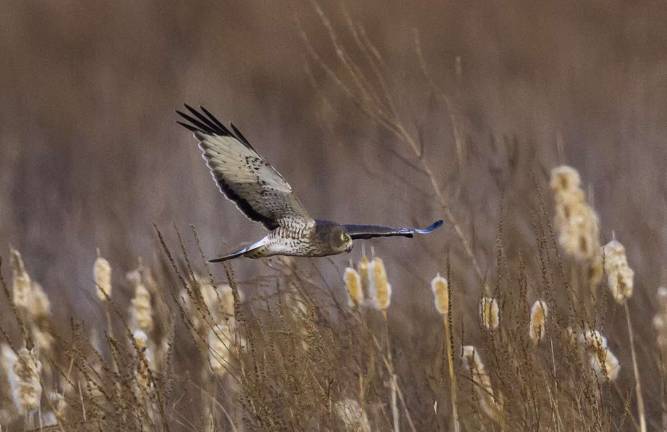
The unusually cold weather has brought to our region not only one, but two rare hawks that usually stay in the Arctic or Canada. Dr. Paramjeet Singh from the Orange Regional Medical Group has caught both on film.
In his spare time he’s an avid raptor photographer — it helps him to relax and unwind from his high pressure job as a liver surgeon. Within a span of a few weeks, he took photos of both the rare Gyrfalcon and Peregrine Falcon in Shawangunk Grasslands in Ulster County near Hudson River, where he does most of his photography.
Singh, a native of Middletown, N.Y., said sighting either one of these raptors this far south is extremely rare. Some bird watchers who have been doing it for 40 years have never seen them.
“It’s a once in a life opportunity,” Dr. Sing explained, adding they come to find food, since relatively speaking, it’s warm here for the raptors.
Interest in raptorsSing’s interest in raptors started two years ago when he took a short break from his busy schedule to go hiking. He happened to meet a couple who introduced him into bird watching and photography, and it’s opened a whole new world to him.
“For me, it’s all about fun,” he said, “But there are people who actually tag the birds.”
For a few days, Dr. Singh thought the rare Peregrine Falcon he photographed might be the same one his expert friend photographed in the Bronx some days back. It wasn’t, but Dr. Singh described the excitement his rare hawk photos on Facebook caused in birding circles.
“In the 60s, 70s, and 80s, the Peregrine Falcon was a threatened species, but about 15 to 20 years ago it made a comeback,” Singh continued.
He explained the wide spread use of the pesticide DDT caused problems in the birds’ breeding.
“It caused the eggs of falcons to break, and it caused the population to go down. After DDT was banned, they started to come back,” he added.
One with natureFor Singh, being out in nature and taking pictures of hawks and eagles is a way to relax, and he had some advice to others who would like to take photos of the raptors.
“Go out and be with nature," Singh said. "Wait, and then things will happen. I don’t want you to think that you’re going to start taking photos straight away.”
Singh quoted the old adage, “You don’t have to know what you’re looking for; you just have to start looking.”
Singh now spends most of his spare time going out to the area park lands in Orange, Rockland, and Ulster Counties, and in New Jersey. Often, his girlfriend goes with him. She’s not so interested in the birds, but, “She’s interested in supporting me,” Singh said.
The very cold recent weather doesn’t bother Singh — he dresses warm and goes out wearing his hiking boots once he spots the hawk from his car, following it until he gets his pictures.
Singh explained he uses his finely honed skills as a surgeon in photography as well — both rely on precise, fast hand-eye coordination and quick decision making. He explained both are “delicate things you do with the fingers,” requiring quick decisions as to when to act.
In surgery, this is “making decisions on to cut or not to cut. Tie or not to tie. Or when or how hard to exert pressure. All these require mathematical skills that are learned over time, the same way an artist makes decisions while calculating the exposure of a good picture. It’s creativity — expression of a picture or making minor decisions during surgery. These are all relative — critical decisions during patient care or during any endeavor,” he described.
Singh has used art as a way to de-stress most of his life.
“When I was doing my residency, I used to paint, and at one point, I thought about becoming an artist,” he said.
Singh came to the U.S. with his parents when he was young, and grew up observing his parents work hard. He too, feels he’s worked hard to be where he is today, now specializing in liver and pancreas cancer, and breast cancer surgery.
To Singh, hawks and eagles symbolize strength and power, described in John Denver’s song "The Eagle and the Hawk."
“That’s what the hawks are all about,” he said.
Recently, he’s is expanding to take photos of smaller bird too, like the Horned Lark, or Cardinal.
Warm weather that many long for during the current very cold spell is not good for hawk watching, because most hawks, like the Northern Harrier don’t like warm weather and fly north to breed, Singh said. Some, like the Red Tail Hawk, stay around the area year round.
He added many smaller birds, including Warblers migrate back to the region, and are harbingers of spring and summer to come.
Singh uses a Canon 5D mark 3 camera and a 500mm F/4 lens. More information about Singh can be found on www.orangeregionalmedicalgroup.com.